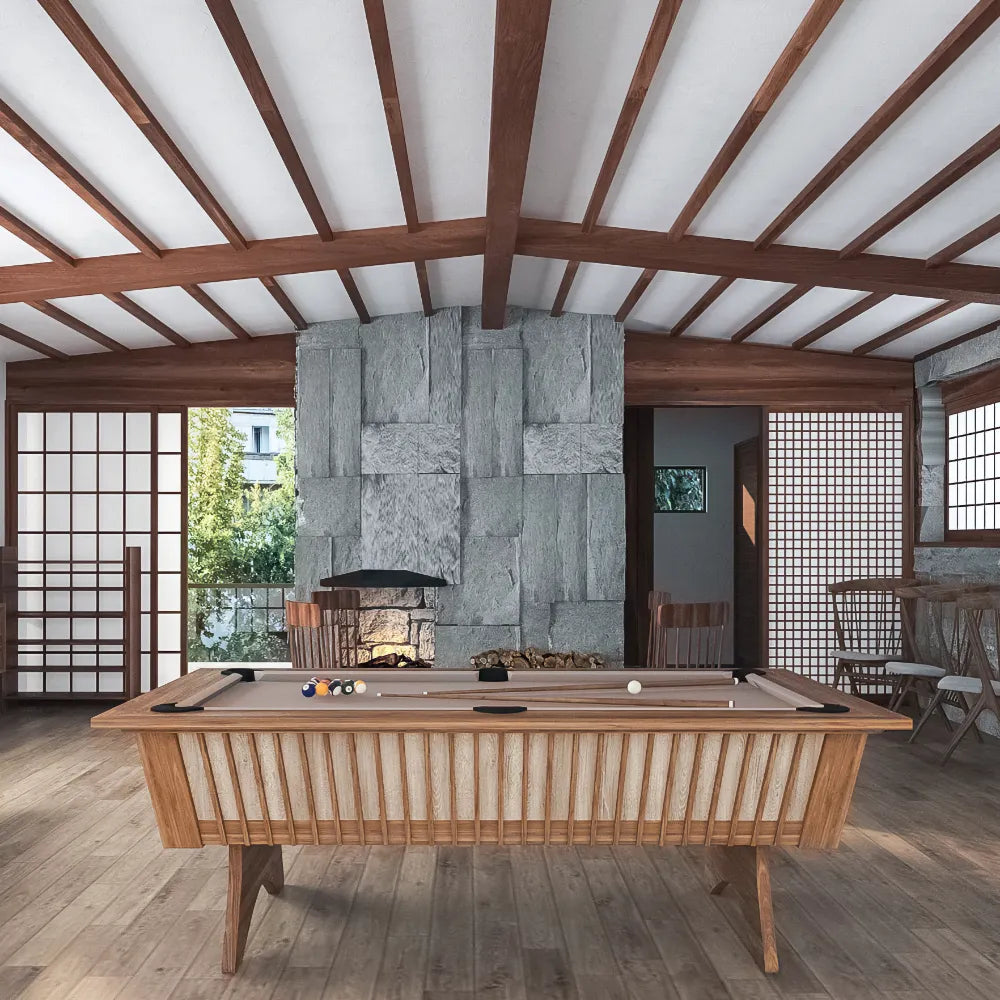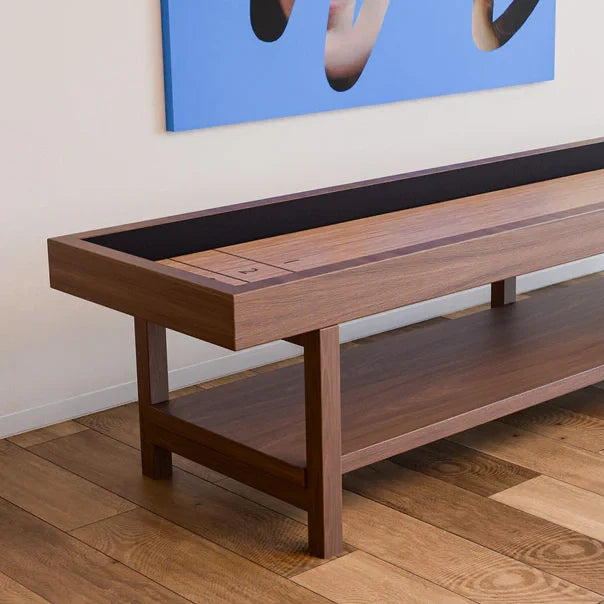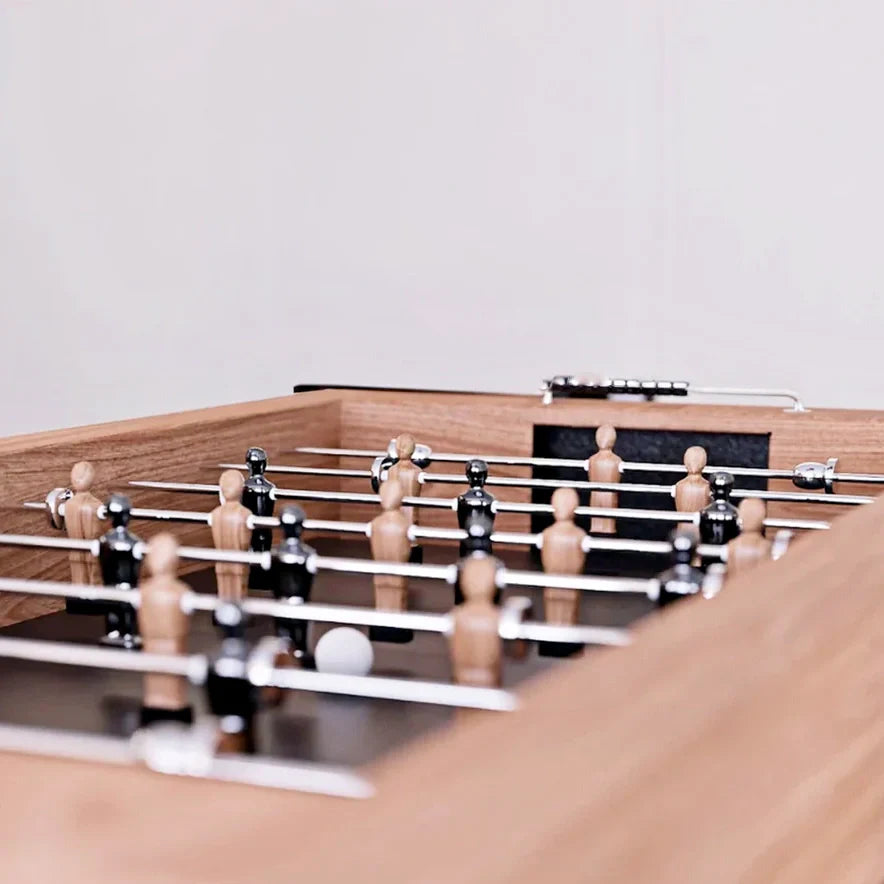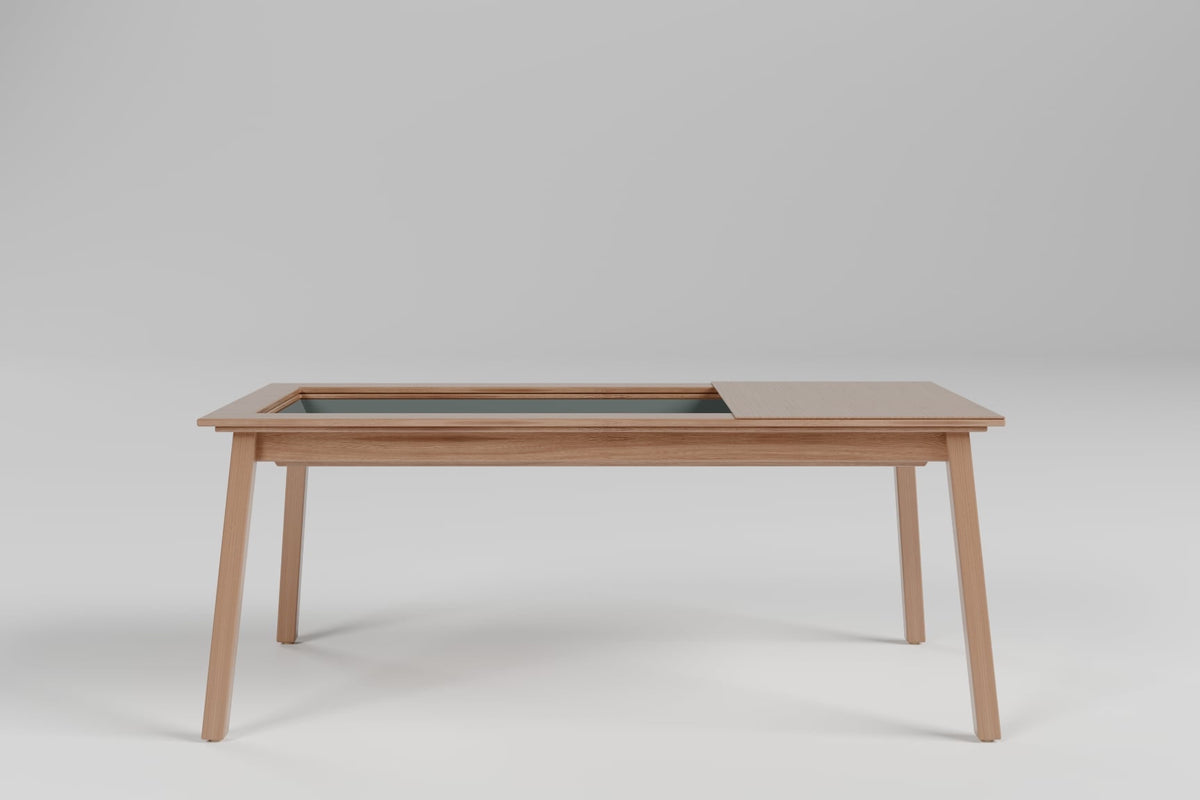When envisioning serene moments spent outdoors, whether by a shimmering lake or on a cozy patio, a particular style of chair often comes to mind: low-slung, with wide armrests and a tall, inviting back. But is it a Muskoka chair or an Adirondack chair? While often used interchangeably, these iconic seats have distinct origins and subtle differences that appeal to outdoor enthusiasts and comfort-seekers alike. Delve into the nuances of the Muskoka chair versus the Adirondack chair, exploring their histories, defining characteristics, and helping you decide which wooden lounge chair) is the perfect fit for your relaxation needs.
A Shared Beginning: The Genesis of an Iconic Design
The story of both chairs begins in the early 1900s in the Adirondack Mountains of New York. Thomas Lee, seeking comfortable outdoor seating for his summer home in Westport, New York, designed a unique chair in 1903. His design featured a slanted back and seat, and wide armrests, crafted from eleven pieces of wood. Lee's primary goal was to create a chair that was stable and comfortable on the rugged terrain of the Adirondacks.
As the story goes, Lee shared his design with his friend, Harry Bunnell, a carpenter who was looking for a way to earn income during the winter months. Bunnell recognized the commercial potential of the chair and, in 1905, patented the design as the "Westport plank chair." This chair, with its distinctive high back and wide arms, became incredibly popular.
The Fork in the Road: Adirondack vs. Muskoka
The "Westport chair" design eventually made its way to Canada, specifically to the Muskoka region of Ontario, a popular cottage country destination. It's believed that American vacationers brought the chair design north, where local artisans began producing their own versions. This Canadian iteration became known as the Muskoka chair. Over time, the chair became deeply associated with the leisure and lakeside lifestyle of the Muskoka area, cementing its name and status as a Canadian icon.
Meanwhile, in the United States, the chair became widely known as the Adirondack chair, named after the mountain range where it originated. The design also saw some evolution. In 1938, Irving Wolpin patented a version with a rounded back and contoured seat, a design that is very common today.
Key Differences: Spotting a Muskoka vs. an Adirondack
While the Muskoka chair and the Adirondack chair share a common ancestor and a strikingly similar overall appearance, there are a few subtle design distinctions that aficionados point to:
- Back Design (Yoke): This is often cited as the most significant visual difference. The traditional Muskoka chair typically features a more rounded or curved top edge of the back (the yoke). In contrast, the classic Adirondack chair often has a flatter or straighter top edge to its back.
- Seat Contour and Recline: Some sources suggest that Muskoka chairs may have a slightly more contoured seat and a more upright back compared to the Adirondack chair. Adirondack chairs are often described as having a steeper recline, encouraging a more laid-back lounging position. This can make the Muskoka chair slightly easier to get out of, particularly for seniors.
- Size and Proportions: Historically, there might have been slight dimensional differences. Some accounts state the classic Adirondack chair was about two inches higher and wider than the traditional Muskoka chair. However, with modern manufacturing and countless variations of both styles, these size differences are less consistent today. Armrests on Adirondack chairs are sometimes noted as being wider.
It's important to note that these differences can be subtle and many manufacturers today produce hybrid designs or use the names interchangeably. The core elements – the slanted seat, tall back, and wide armrests – remain the defining features of both.
Materials and Modern Iterations
Traditionally, both Muskoka and Adirondack chairs were handcrafted from wood, with cedar, pine, and teak being popular choices due to their durability and weather resistance. Cedar, in particular, is prized for its natural resistance to decay and insects. As the wood ages, it often develops a beautiful silver-gray patina.
Today, while wood remains a classic choice, these chairs are also widely available in other materials:
- Poly-lumber (Recycled Plastic): An increasingly popular and eco-friendly option, poly-lumber is made from recycled plastics. It's designed to withstand the elements, requires minimal maintenance, and comes in a wide array of colors.
- Other Plastics and Resins: More budget-friendly options are often made from various plastics or resins, offering lightweight and colorful choices.
- Metal: While less common, some modern interpretations may use metal in their construction.
Modern variations also include features like folding designs for easier storage, rocking versions, and even double-seater styles.
Cultural Significance: More Than Just a Chair
Beyond their physical attributes, both the Muskoka and Adirondack chairs have become powerful symbols of relaxation, leisure, and connection with the outdoors. The Muskoka chair evokes images of tranquil Canadian cottage life, lakeside sunrises, and cozy evenings by a fire pit. Similarly, the Adirondack chair conjures up the rugged beauty of the Adirondack Mountains and the simple pleasures of outdoor living in the United States.
Owning one of these chairs is often about embracing a lifestyle – a desire for comfort, tranquility, and a space to unwind.
Which Chair is Right for You?
Ultimately, the choice between a Muskoka chair and an Adirondack chair often comes down to subtle aesthetic preferences and perhaps a connection to their respective cultural identities. Given the similarities and the wide range of modern designs, here are a few points to consider:
- Comfort: The best way to choose is to sit in them! Some may find the slightly more upright back of a traditional Muskoka chair more comfortable or easier to get out of, while others might prefer the deeper recline of an Adirondack.
- Style: Do you prefer the potentially more rounded back of a Muskoka chair or the flatter lines of a classic Adirondack?
- Material: Consider your climate, maintenance preferences, and budget. Wood offers a classic look, while poly-lumber provides durability and low maintenance.
- Space: If space is a concern, look for more compact or folding versions.
Whether you call it a Muskoka or an Adirondack, you're investing in a piece of timeless design built for outdoor enjoyment and relaxation. These chairs are more than just furniture; they are an invitation to slow down, appreciate the outdoors, and create lasting memories.
Comparison at a Glance: Muskoka vs. Adirondack
| Feature | Muskoka Chair (Traditional) | Adirondack Chair (Classic) |
|---|---|---|
| Origin | Canada (derived from Adirondack design) | USA (Adirondack Mountains, New York) |
| Back (Yoke) | Often more rounded or curved top | Often flatter or straighter top |
| Seat Recline | Potentially slightly more upright | Often a steeper recline |
| Ease of Egress | May be easier to get out of | Deeper recline might be more challenging for some |
| Armrests | Wide | Wide, sometimes noted as slightly wider |
| Size | Traditionally sometimes noted as slightly smaller | Traditionally sometimes noted as slightly larger |
| Primary Association | Canadian cottage country, lakeside relaxation | American outdoor leisure, mountain retreats |
Note: Modern designs vary significantly, and these are general traditional distinctions.
Frequently Asked Questions (FAQ)
What is the main difference between a Muskoka chair and an Adirondack chair?
The most commonly cited visual difference is the back yoke; Muskoka chairs traditionally have a more rounded top edge, while classic Adirondack chairs often have a flatter top. There can also be subtle differences in seat recline and historical sizing, though modern variations are plentiful. Both share a common origin and overall design with wide armrests and a tall, slanted back.
Are Muskoka chairs more comfortable than Adirondack chairs?
Comfort is subjective. Some may find the potentially more upright posture of a Muskoka chair easier to get in and out of, while others prefer the deeper recline often associated with Adirondack chairs. The best way to determine comfort is to try sitting in both styles if possible.
Where did the Adirondack chair originate?
The Adirondack chair was designed by Thomas Lee in 1903 in Westport, New York, within the Adirondack Mountains. His friend Harry Bunnell patented an early version called the Westport plank chair.
Are Muskoka chairs Canadian?
Yes, while the design originated from the American Adirondack chair, the Muskoka chair is considered a Canadian icon, named after the Muskoka region in Ontario where it became immensely popular in cottage country.
What materials are Muskoka and Adirondack chairs made from?
Traditionally, they are made from wood like cedar, pine, or teak. Modern versions are also widely available in poly-lumber (recycled plastic), other plastics, and sometimes metal.
What are other names for Adirondack chairs?
Besides Muskoka chair in Canada, Adirondack chairs have also been known as Westport plank chairs (the original patented name), and sometimes more generically as lawn chairs, deck chairs, or patio chairs. In French Canada, they might be called Laurentian chairs (chaise des Laurentides).





0 comments